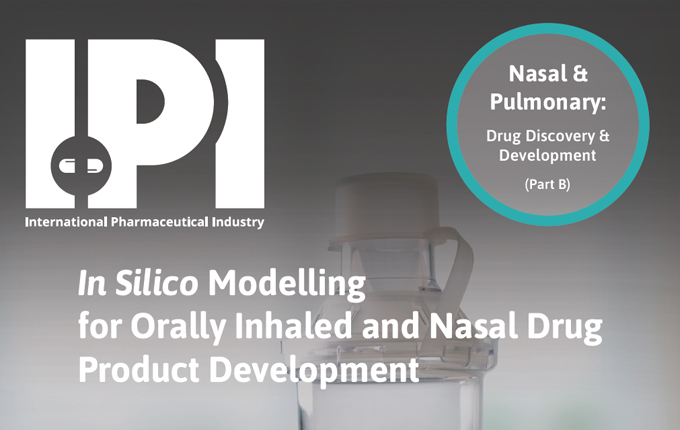Researchers are currently developing nasal vaccine formulations for SARS-CoV-2, influenza, and Respiratory Syncytial Virus (RSV). Unlike intramuscular injection, nasal vaccines require particles to interact with immunocompetent cells in the nasal mucosa. They also need to overcome mucociliary clearance, which necessitates careful formulation development for effective nasal vaccination.
The primary deposition target for most nasal vaccines is the nasal associated lymphoid tissue (NALT) located in the nasopharynx. Device performance and ease of use by patients are important considerations for nasal vaccines, especially when administering them to children in pediatric populations.
Respiratory viruses like SARS-CoV-2, influenza, and RSV continue to be a major concern worldwide. The COVID-19 pandemic has underscored the crucial role of vaccines in safeguarding public health. Over 13.37 billion coronavirus vaccine doses have been administered globally, and there are currently more than 3,300 vaccines in development for various indications.
Intranasal vaccines offer several advantages over other routes of administration. They elicit both mucosal and systemic immunity, and their nasal delivery bypasses enzymatic degradation and eliminates the need for needles. The fear of needles is a significant factor, with a significant percentage of people, including adolescents and healthcare workers, experiencing needle phobia.
The nasal cavity contains important immunocompetent cells, making it an ideal site for vaccine delivery. The NALT, which consists of B and T lymphocytes, phagocytic antigen-presenting cells, and dendritic cells, is the primary target for nasal vaccines. It can induce both local and systemic immune responses, which is not always the case for other mucosal tissues.
Several nasal vaccines have already been approved for influenza and COVID-19, and clinical trials for RSV nasal vaccines are underway. Nasal vaccines are also being explored as boosters for COVID-19 to address waning antibody levels and the spread of more transmissible variants.
Different vaccine platforms, including live attenuated, subunit, viral vectors, inactivated forms, DNA, and mRNA, are being developed for nasal administration. Particulate formulations are necessary for effective nasal vaccines, with optimal particle sizes ranging between 200 and 300 nm. Adjuvants are used to enhance the immune response, but caution must be exercised to avoid adverse events such as Bell’s Palsy.
Mucociliary clearance, the rapid movement of the mucus layer in the nose, can prevent the uptake of vaccine particles by immunocompetent cells. Cationic nanoparticles and particles smaller than 5 microns have shown promise in improving retention time in the nasal cavity and stimulating immune responses.
Optimizing the formulation and the drug delivery systems design is crucial for successful nasal vaccine administration. Proper droplet size is essential for deposition in the target areas of the nasal cavity. Nasal powders are gaining interest due to improved stability and the ability to deliver larger doses. Usability studies are also being conducted to understand delivery in pediatric populations.
The article concludes that intranasal vaccination offers significant advantages over other administration routes, with ease of use, avoidance of injections, and induction of mucosal and systemic immunity being key benefits. Ongoing research and clinical trials are rapidly advancing this field, focusing on formulation optimization, delivery system selection, and user instructions to effectively target immunocompetent cells in the nasal cavity.
Learn more about Aptar Pharma Expertise
in Nasal Vaccines
This Might Also Be of Interest
Acute Migraine Relief: Nose-to-Brain Delivery with Lipid Nanoparticles
Publications, Pharmaceutical, Drug Delivery Innovations, Market Insights, Product Solutions

Understanding PBPK Modeling in OINDPs: Insights from Will Ganley
Publications, Pharmaceutical, Product Solutions, Market Insights
Advancing Nose to Brain Drug Delivery: Intranasal Administration of Insulin
Publications, Pharmaceutical, Product Solutions, Innovation & Insights, Drug Delivery Innovations, Market Insights
Cyclosporine – A Micellar Nasal Spray: A Promising Antiviral Solution Against S...
Publications, Pharmaceutical, Drug Delivery Innovations, Market Insights, Product Solutions
